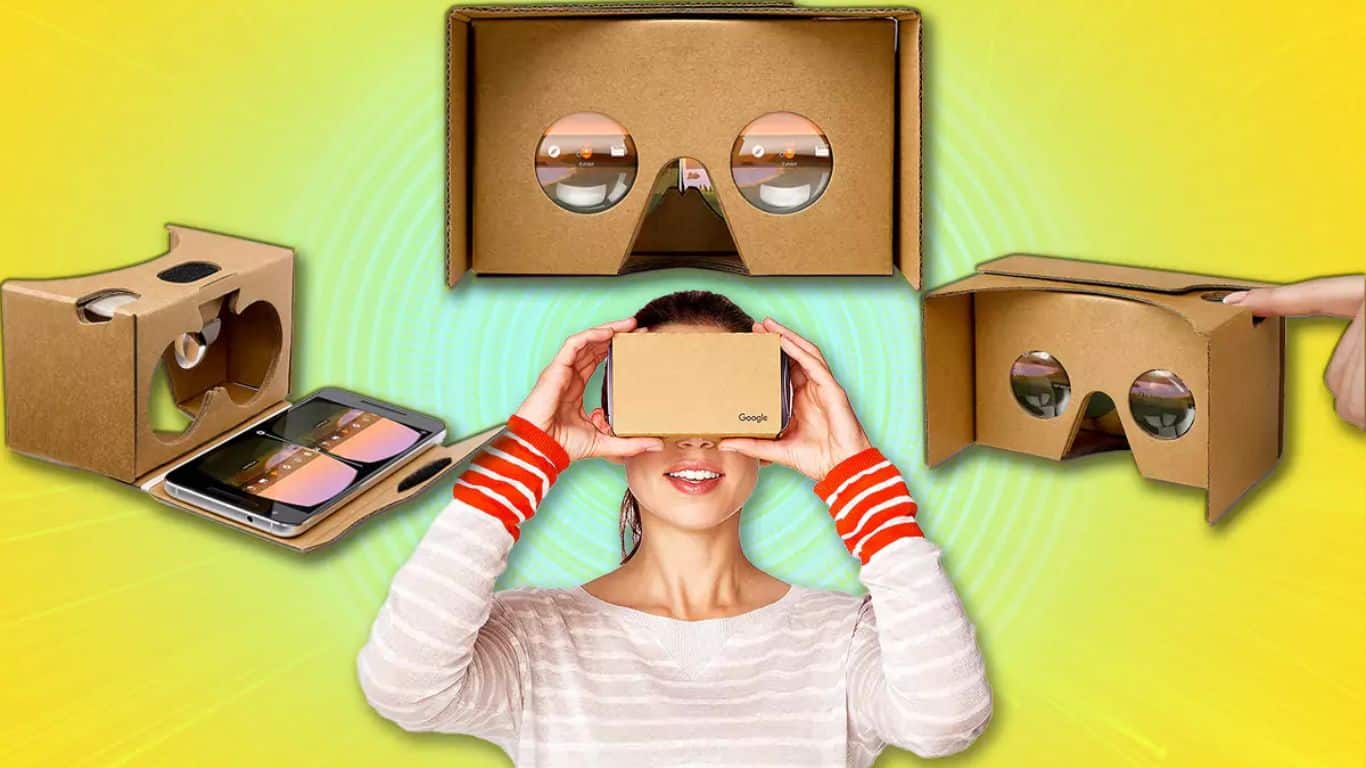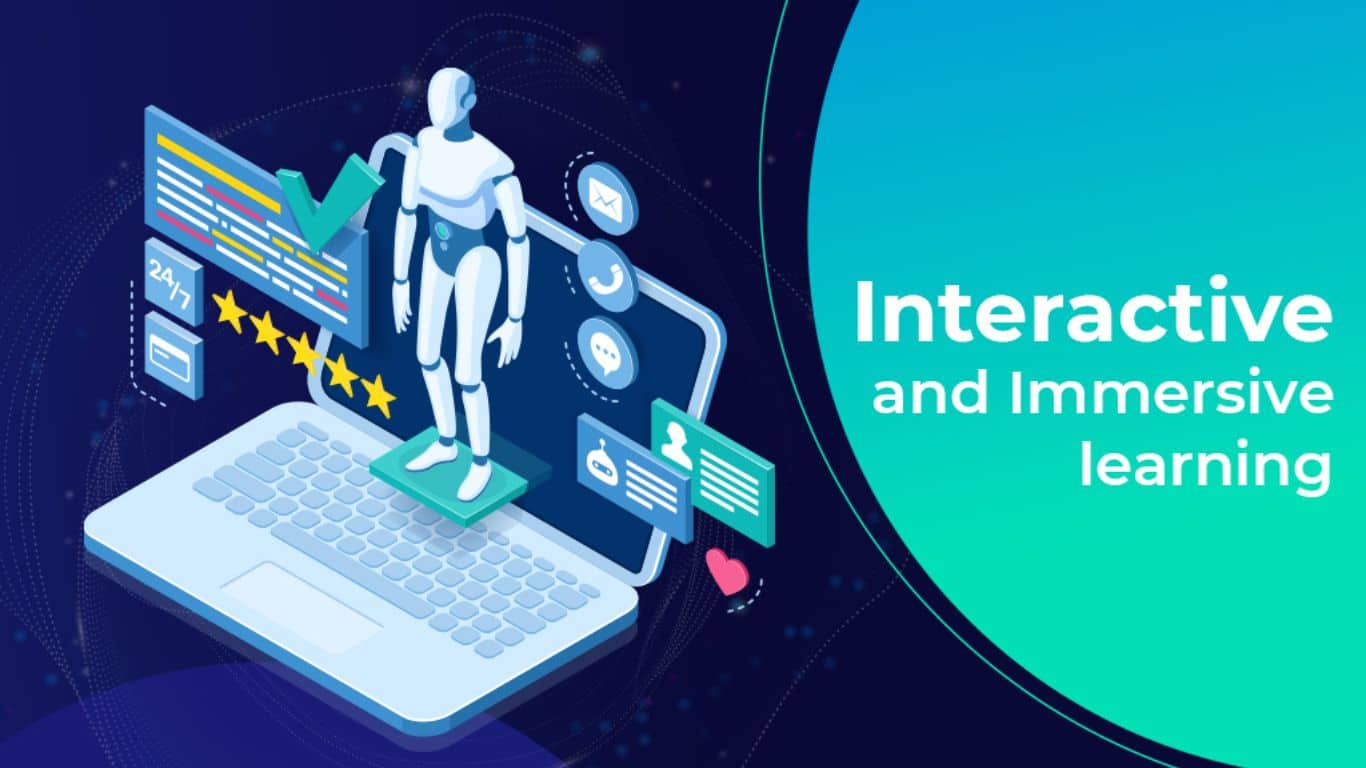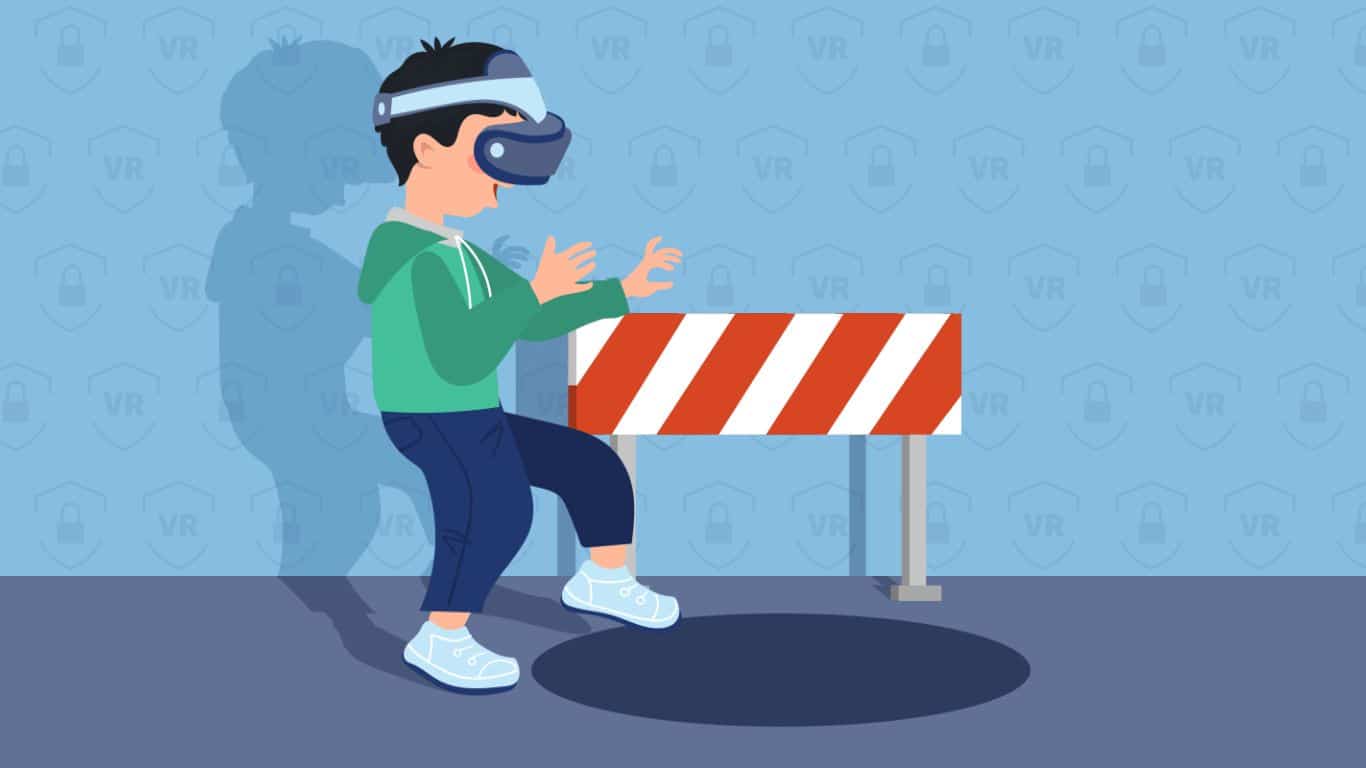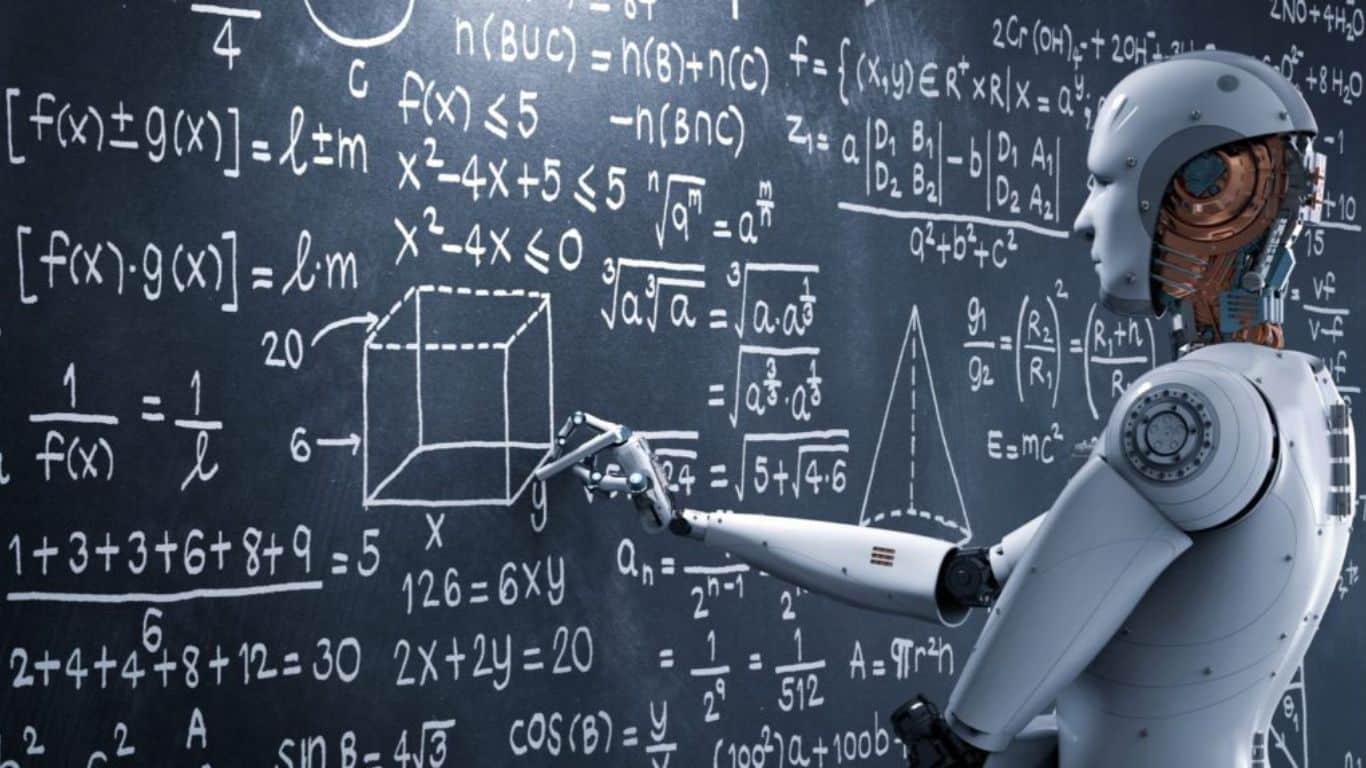The Future of Education: Virtual Reality and Artificial Intelligence: The field of education is constantly evolving, and recent advancements in technology have opened the door to new possibilities for teaching and learning. Virtual reality (VR) and artificial intelligence (AI) are two technologies that have the potential to revolutionize the way we educate students. VR allows for immersive learning experiences, while AI offers personalized instruction and feedback. These technologies have the power to make education more engaging, interactive, and effective. In this article, we will explore the various ways in which VR and AI are being used in education, as well as their potential benefits and challenges. As these technologies continue to advance, it is important to consider their implications and how they can be integrated into the education system in a meaningful way.
The Future of Education: Virtual Reality and Artificial Intelligence
Role of VR and AI

It is widely acknowledged among educators that hands-on experiences are the most effective way for students to learn. However, these experiences are often limited to what the teacher can provide in the classroom. But with the help of technology, such as VR and AI, these experiences can be greatly expanded. Imagine being able to see penguins diving into the ocean while learning about Antarctica, or virtually attending a book launch of your favorite author after reading their latest book. These are just a few examples of how VR and AI can enhance the learning experience.
It may seem that incorporating VR and AI in education would require significant financial investments, such as providing each student with a tablet. However, it is possible to achieve these goals with minimal investment. For example, using Google Cardboard headsets, single cameras, and microphones in classrooms can provide students with immersive learning experiences without the need for expensive equipment.
Using face recognition technology, it is possible to gauge the level of engagement and responsiveness of each student in real time across various subjects. This allows for immediate assessments of student learning. While there may be initial inaccuracies in the system, as the technology becomes more advanced, these inaccuracies are likely to decrease as the system becomes smarter.
Advantages of VR

Here are some advantages of using virtual reality (VR) technology in education:
- Immersive learning: VR allows students to be fully immersed in a virtual environment, making the learning experience more engaging and interactive.
- Increased engagement: VR can increase student engagement and motivation by providing a more interactive and dynamic learning experience.
- Cost-effective: VR can be a cost-effective way to provide students with access to resources and experiences that would otherwise be difficult or impossible to obtain.
- Access to remote locations: VR can allow students to visit and explore remote locations, historical sites, and other places of interest, without the need for physical travel.
- Improved retention: VR can improve retention of information by providing a more immersive and interactive learning experience.
There are also many ways to incorporate VR into e-learning, making it more engaging and interactive, and making learning a more enjoyable experience. This can increase students’ motivation to learn.
Furthermore, research has shown that students retain more information when they learn through VR. While people typically remember only 30% of what they see and 20% of what they hear, they can recall up to 90% of what they experience through virtual reality.
The Disadvantages of VR

While virtual reality (VR) has the potential to revolutionize education and make learning more engaging and effective, there are also some disadvantages to consider.
- Cost: VR equipment can be expensive, and not all schools and educational institutions have the budget to purchase and maintain the necessary hardware and software.
- Accessibility: Not all students have access to VR equipment, which could create a digital divide and leave some students at a disadvantage.
- Lack of Interaction: VR experiences can be immersive, but they may lack the level of interaction and collaboration that is present in traditional classroom settings.
- Safety concerns: As with any technology, there are potential safety concerns with the use of VR in education, such as motion sickness, eye strain, and other physical health issues.
- Limited content: The availability of VR content for education is still limited and it may not be available in some subjects.
Technical challenges: The use of VR technology in the classroom also presents a number of technical challenges, such as compatibility issues and the need for regular updates and maintenance.
Advantages of AI

The integration of artificial intelligence (AI) in education has a plethora of advantages, such as assisting educators by automating repetitive tasks, grading assignments, maintaining records, improving virtual AI-based schools and classrooms, and much more.
- Personalized learning: AI can be used to analyze student data and provide personalized instruction and feedback, which can help students learn more effectively.
- Automation of repetitive tasks: AI can automate repetitive tasks such as grading and providing feedback on assignments, which can free up teachers’ time to focus on other aspects of instruction.
- Adaptive learning: AI-powered systems can adapt to the learning needs of individual students, providing customized instruction that is tailored to their learning style.
- Early identification of learning difficulties: AI can be used to identify learning difficulties early on, allowing teachers to provide targeted support and interventions.
- Adaptive testing: AI can be used to create adaptive tests that adjust to the student’s level of understanding, providing a more accurate assessment of their knowledge.
- Tutoring: AI can provide virtual tutoring and assistive technology to help students with special needs.
- Language Learning: AI can be used to create interactive language learning experiences, providing students with more engaging and effective language instruction.
- Predictive analytics: AI can be used to analyze data and predict student performance, allowing teachers to identify at-risk students and provide targeted support and interventions.
Disadvantages of AI in education

- Limited personalization: AI-based educational systems may not be able to account for individual student needs fully and learning styles.
- Bias: AI systems can inadvertently perpetuate and amplify biases present in their training data.
- Lack of human interaction: relying too heavily on AI-based systems may decrease the amount of human interaction and feedback that students receive.
- Job displacement: AI-based systems may make certain educational jobs, such as teaching assistants or graders, obsolete.
- Cost: Implementing AI-based systems in education can be costly, and may not be financially feasible for all schools or education systems.
- Difficulty in evaluating the effectiveness: It could be difficult to evaluate the effectiveness of AI systems in education since the results vary from student to student and it’s hard to measure the impact of AI on student’s learning outcomes.
- Dependence on technology: Relying on AI in education can make students dependent on technology, which can be a problem if the technology is not available or if there are technical difficulties.
Conclusion

The integration of virtual reality and artificial intelligence in education has the potential to improve the learning experience for students in multiple ways. It not only helps to prepare them for their future better but also enhances their present learning experience. It is a technology that has been around for some time and continues to be relevant today. Although some educators may be hesitant towards its implementation, it is important for them to understand its potential and use it as a valuable tool for teaching. Overall, virtual reality and artificial intelligence in education is bringing the future closer and it is important for educators to be prepared and embrace it.
Also Read: Artificial Intelligence Will Help Humanity



